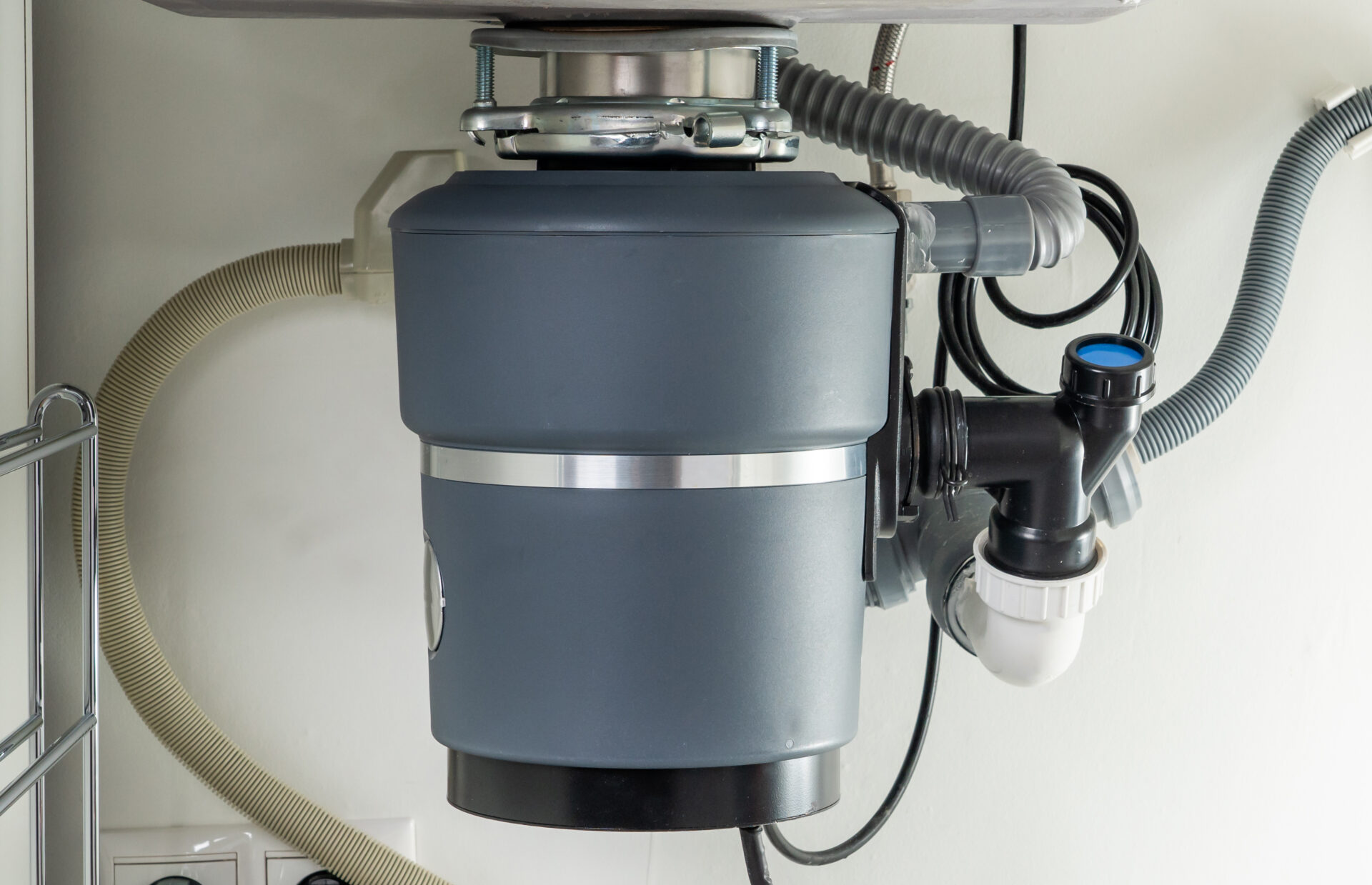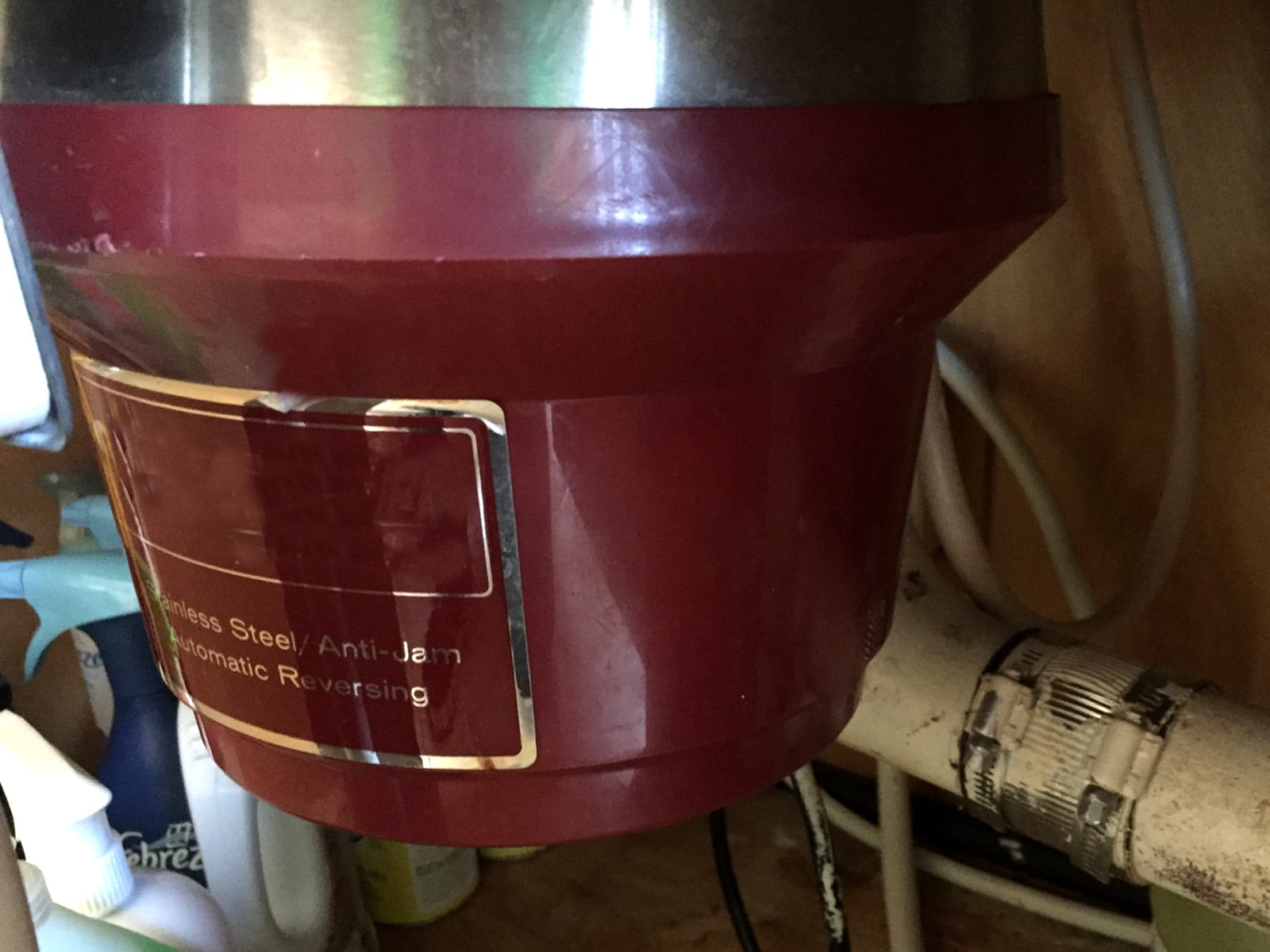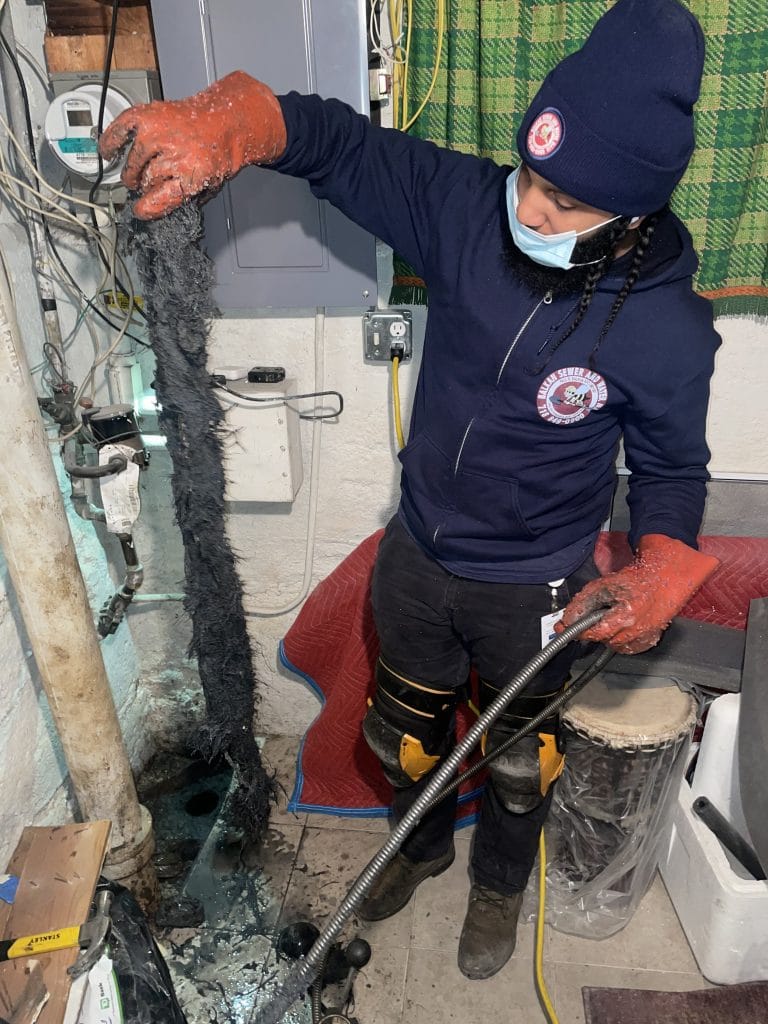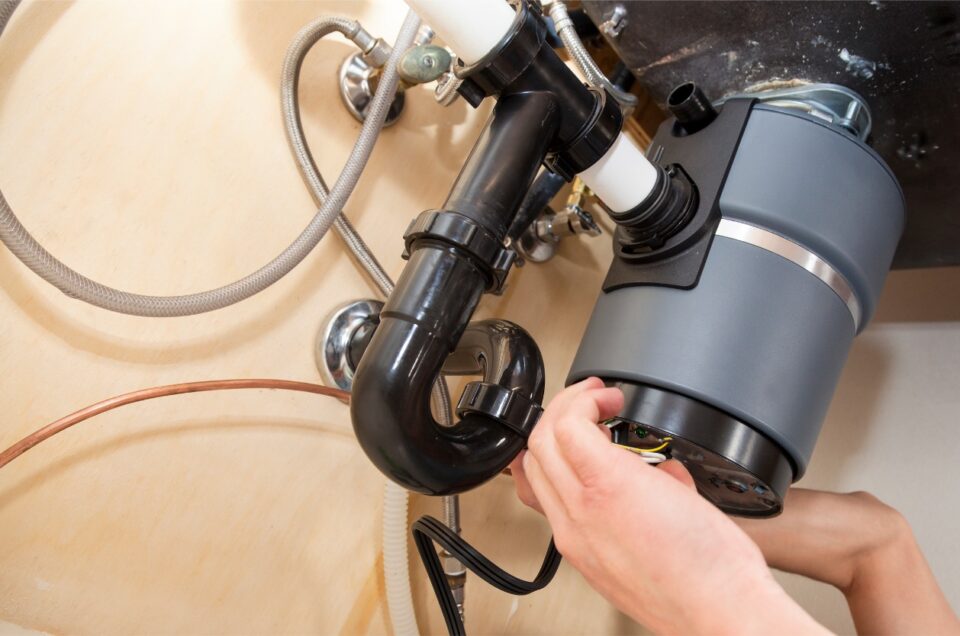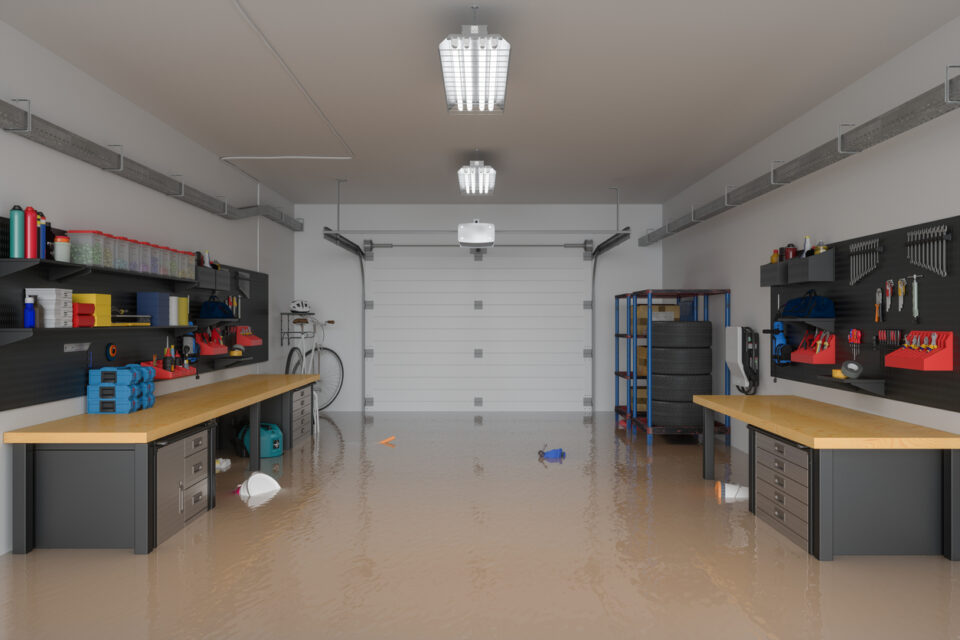Chances are if you are a resident in a typical home nowadays you enjoy having the use of a garbage disposal unit under your kitchen sink. It’s a relatively recent and inexpensive kitchen home appliance.
Why not learn a little bit about this new “must-have” kitchen sink item, and its proper use? Contrary to some folk’s belief, it is not meant to grind up literally everything.
A bit of history about the Kitchen Garbage Disposal
The kitchen garbage disposal was invented by John W. Hammes in 1927, the kitchen garbage disposal has largely the same design throughout the decades. Despite all the variations and modernizations by many different companies, all units work on the same basic principle. A kitchen garbage disposal helps shred waste material into smaller pieces. This enables your drain pipe to not get clogged when you flush these ground-up particles down your drain.
This appliance has always been useful and installed in just about every modern kitchen in the country. However, up until a few decades ago, many municipalities did not legally permit their installation. There was a fear that the added burden of accepting additional organic waste into the municipal sewer system would cause harm. Even in NYC, a kitchen garbage disposal was not legally permitted until 1997. And even then, they were not approved until being tested in around 200 homes.
Courtesy of Wikipedia
How is a kitchen garbage disposal physically installed

Unlike typical sink drain strainers, a garbage disposal needs a tight-fitting cover
A garbage disposal is mounted or installed to the underside of your kitchen sink. It is then connected to the drain line. In some sinks it may have a separate orifice, expressly for the disposal to connect to. It has a receptacle to receive waste material, this includes food residue. This receptacle is located in the upper section. It is located in an area well before the appliance sends everything down through a shredder or a set of impellers.
Once the waste material gets ground into small pieces, wastewater will send it all to the drain pipe. Along with water, this concoction travels to a wastewater treatment facility or in some cases a septic tank. If you have a septic system, more common on Long Island than in other areas, this added waste can become an issue.
That is because ground-up food is essentially adding grease to your septic system. Grease is the enemy of your pipes and septic tank as well. Grease will line the walls of your septic tank. Once the walls of your septic tank are lined with grease, water cannot escape into the surrounding ground.
A kitchen garbage disposal has safeguards
Modern garbage disposals come with overload protection. This will turn the motor off as soon as it gets too hot. You can reset the motor and restart the process as if nothing happens. In case of jammed impellers, you can turn the blades manually using an access point at the bottom of the unit. This prevents you from any potential injury.
The power behind your kitchen garbage disposal
The motor of a typical residential-grade garbage disposal generates less than one horsepower. Depending on the shredder chamber design, that small amount of force can spin the impeller at up to 2000 RPM. Which is more than enough to cut waste materials into hundreds of pieces.
The tool powered by the motor
The impeller acts as the blades. When the motor is powered on, the blades spin at a high speed with a flywheel. The blades keep on rotating until the waste materials become small enough to enter a small opening and slide down the drain connection.
The practicality and usefulness of a Garbage Disposal
It all sounds very practical indeed when it comes to a garbage disposal. A garbage disposal is like a paper shredder in many respects. It cuts materials into smaller sections that you can dispose of more easily. It is not without its limitations, however.
A garbage disposal is not a trash can into which you can just throw away everything. There are some materials that should never go into garbage disposal, therefore the sink as well. That is because they can cause serious damage to the motor or blades, or cause a drain clog. Some examples follow:
- Coffee grounds
- Medicine
- Egg or seafood shells
- Grease or cooking oil
- Rice
- Beans
- Potato peels
- Fruit pits
- Pasta
- Paint
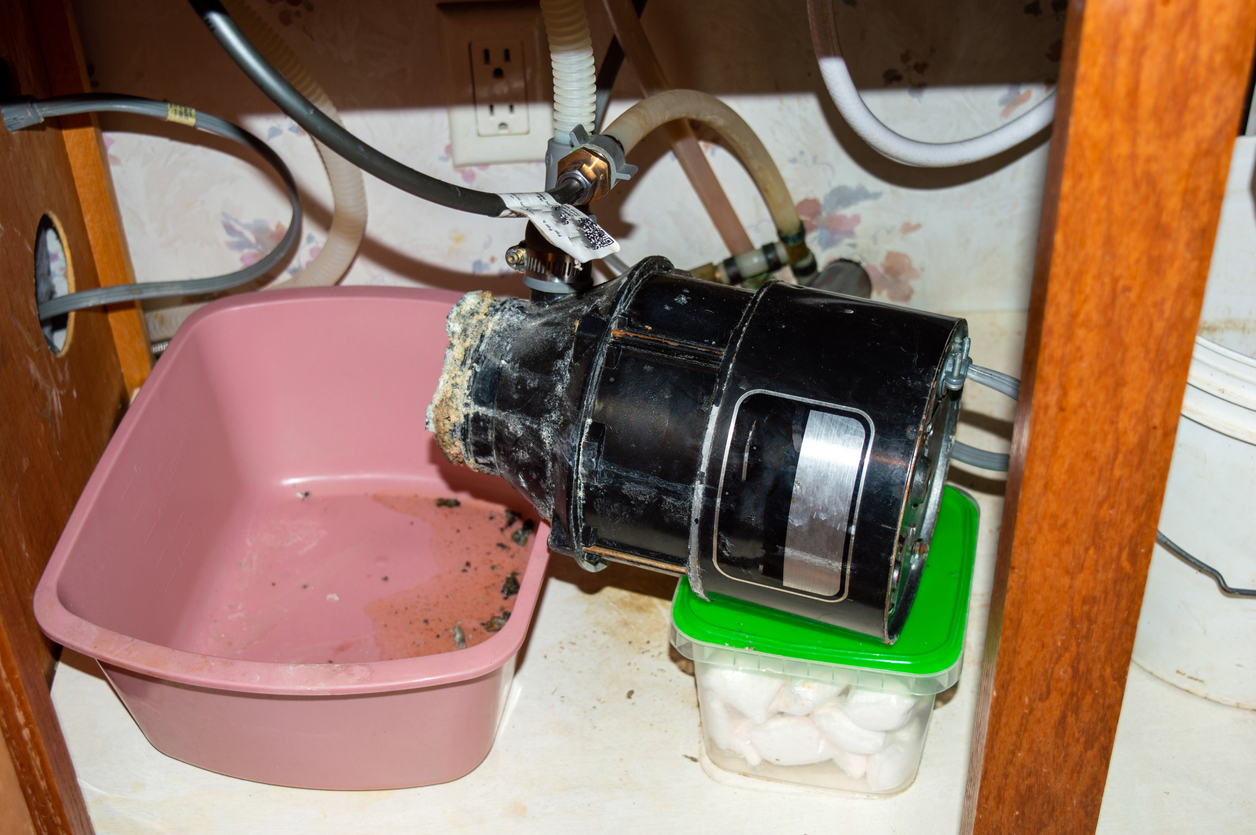
Garbage disposals are not indestructible!
Any waste material that may expand or have adhesive properties should not go into garbage disposal. For example, potato peels will transform into a glue-like substance, which can cause the blades to jam. Thereby rendering the garbage disposal ineffective or useless at best.
Installation of a garbage disposal is fairly an easy process. It may take a little bit of work for sure, but nothing is overly complicated. In the event you do need help from a professional drain expert, always make sure you ask for estimates from at least three different companies or plumbers.
There have been a few instances when a technician charges too much money just because they can. This may not be because of the level of work involved with the job, but in some cases unfortunately, the level of affluence of the neighborhood. Ask for estimates only from reputable experienced plumbing companies, and ask if you can opt for an installation warranty.
Why Trust The Balkan Drain Team?
Team Balkan has been in continuous operation for over years, and has served well in excess of 90,000 customers. With that in mind, we are proud to tout that Balkan Is The Team To Trust.
Contact the Balkan Drain Team for expert advice and service. We are available 7 days a week, day and night. Lastly, remember the Balkan Team is only minutes away from our neighbors anywhere in the metropolitan New York City area.

